Optimal Timing for Concrete Installation
Concrete installation timing is crucial for achieving optimal results. Weather conditions, temperature, and humidity significantly influence the curing process and the durability of the finished surface. Proper planning ensures that concrete sets correctly, reducing the risk of cracks and uneven surfaces.
Ideal temperatures for concrete placement are between 50°F and 85°F. Temperatures outside this range can affect setting times and strength development.
Spring and fall are generally favorable seasons for concrete installation due to moderate temperatures and lower rainfall.
Heavy rain, freezing temperatures, and extreme heat can compromise concrete quality. Scheduling during dry, mild weather is recommended.
Proper timing minimizes the risk of cracking, shrinkage, and surface imperfections, ensuring a durable and long-lasting surface.

A crew pouring concrete during mild, dry conditions ensures optimal curing.
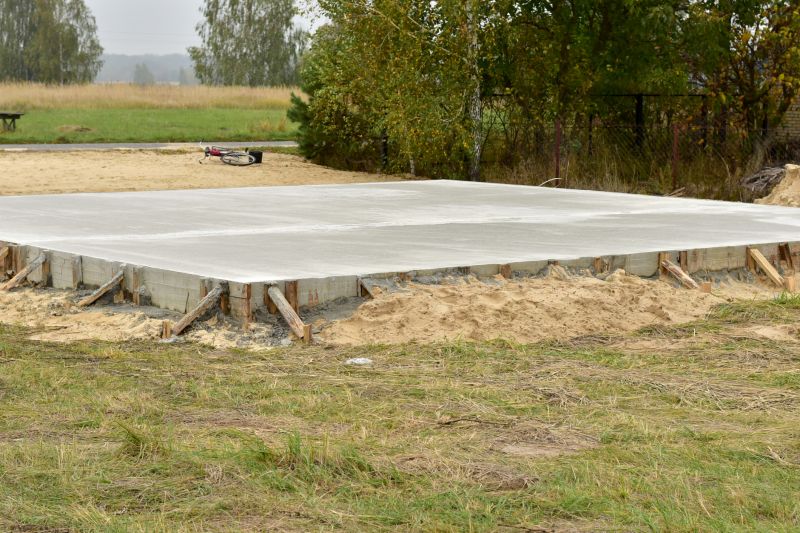
Spring offers moderate temperatures ideal for concrete installation.
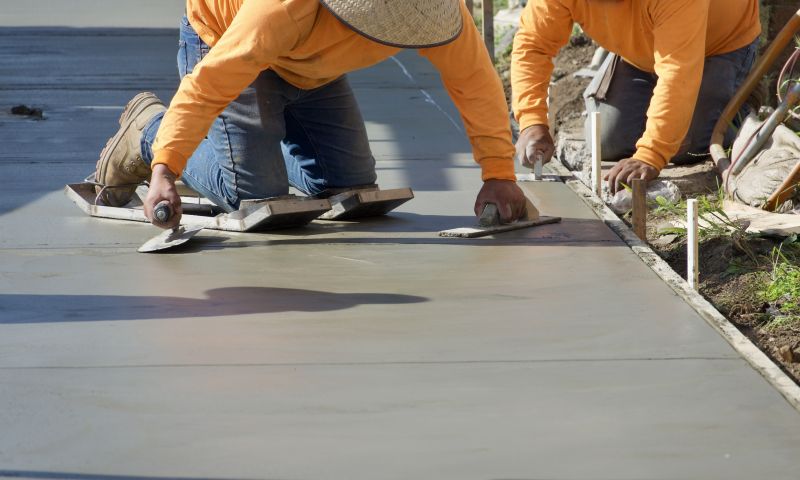
Scheduling outside freezing temperatures prevents cracking and improper setting.

Ways to make Concrete Installations work in tight or awkward layouts.

Popular materials for Concrete Installations and why they hold up over time.
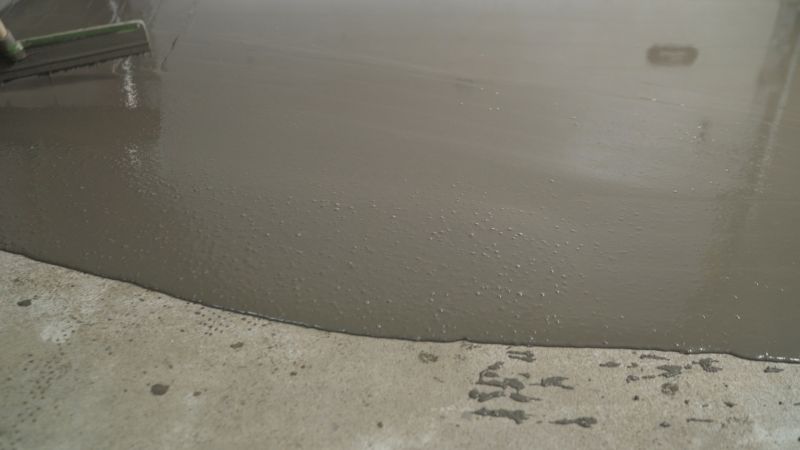
Simple add-ons that improve Concrete Installations without blowing the budget.

High-end options that actually feel worth it for Concrete Installations.
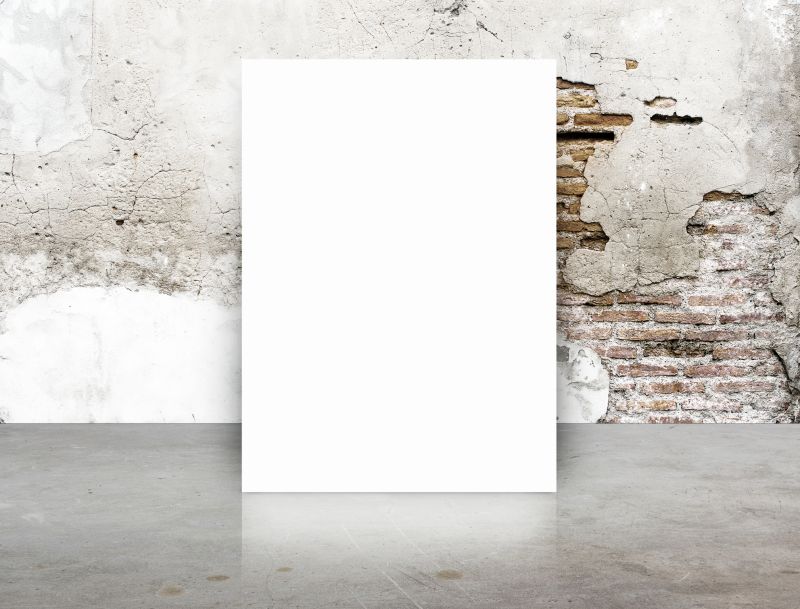
Finishes and colors that play nicely with Concrete Installations.
| Season | Ideal Conditions |
|---|---|
| Spring | Moderate temperatures, low rainfall |
| Summer | Early morning or late evening to avoid heat |
| Fall | Cool, dry weather with stable temperatures |
| Winter | Not recommended unless climate-controlled measures are in place |
Concrete installations require careful consideration of environmental factors to ensure strength and longevity. Proper timing minimizes issues such as cracking, surface imperfections, and uneven curing. By aligning project schedules with favorable weather patterns, it is possible to achieve high-quality results that withstand the test of time.
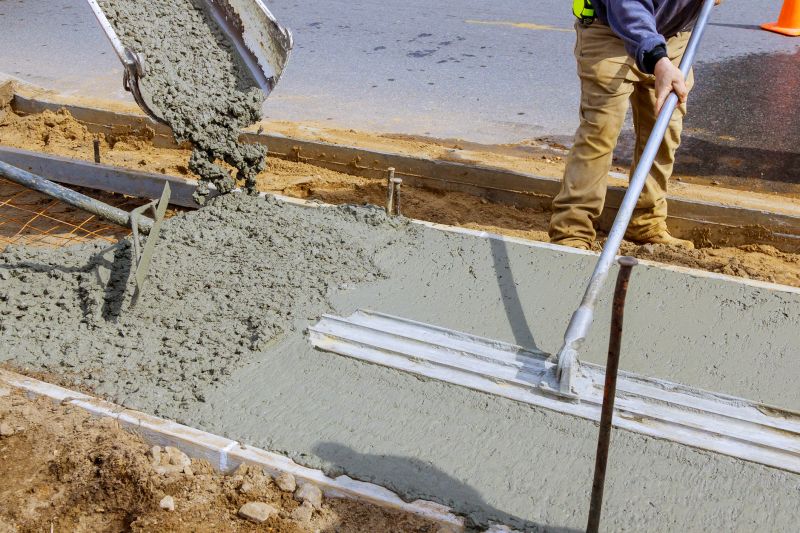
A crew working during optimal weather conditions for a durable finish.
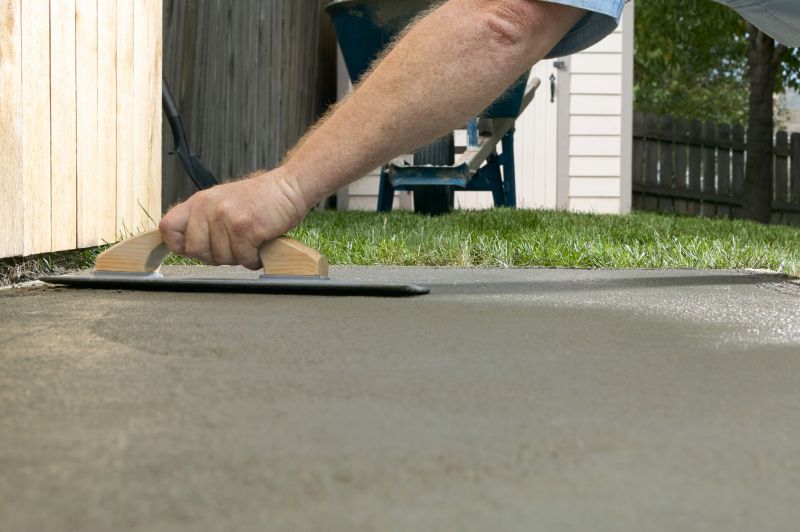
Proper curing techniques are essential for strength development.
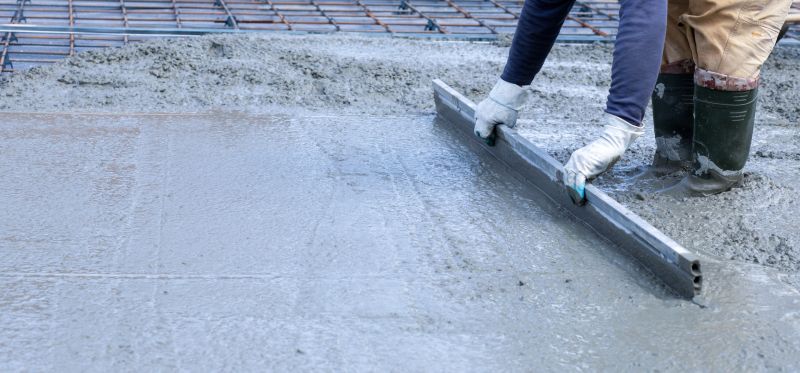
Scheduling concrete work during suitable seasons improves results.
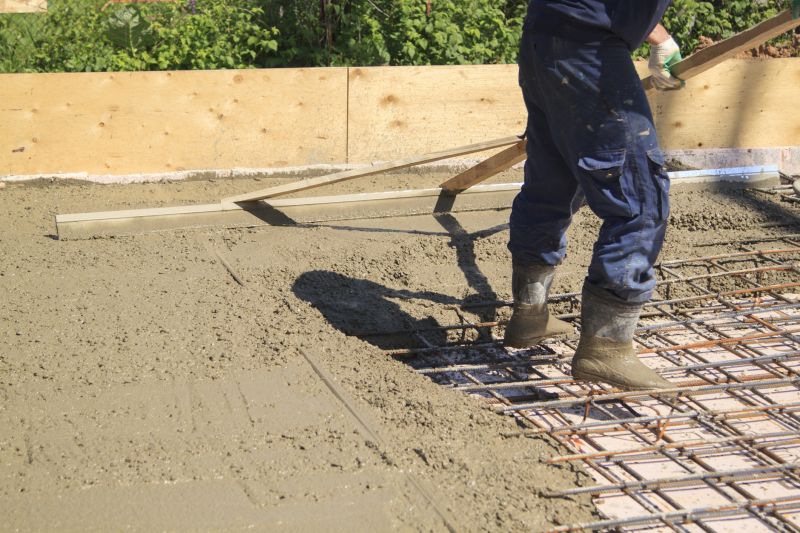
Monitoring weather conditions helps determine the best installation timing.
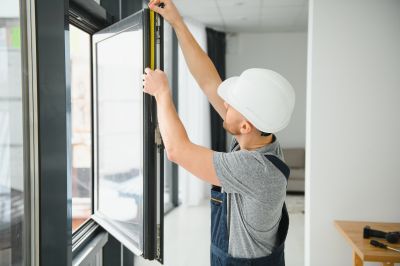
Little measurements that prevent headaches on Concrete Installations day.
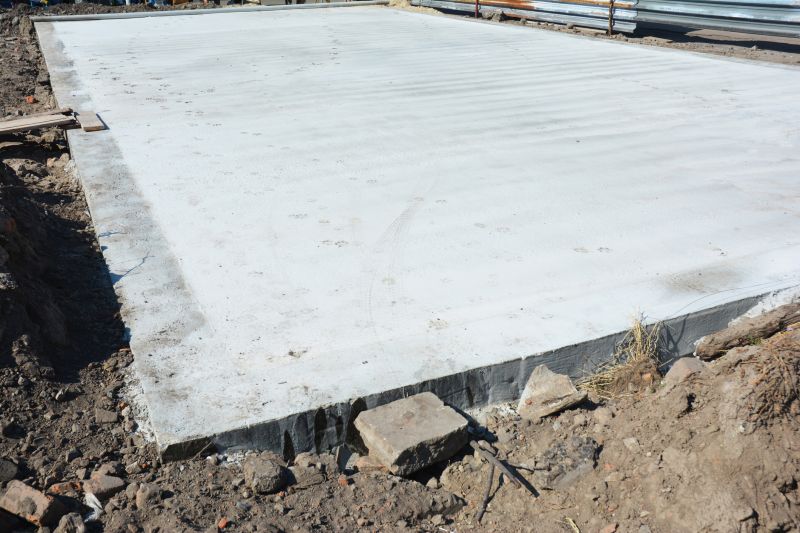
A 60-second routine that keeps Concrete Installations looking new.
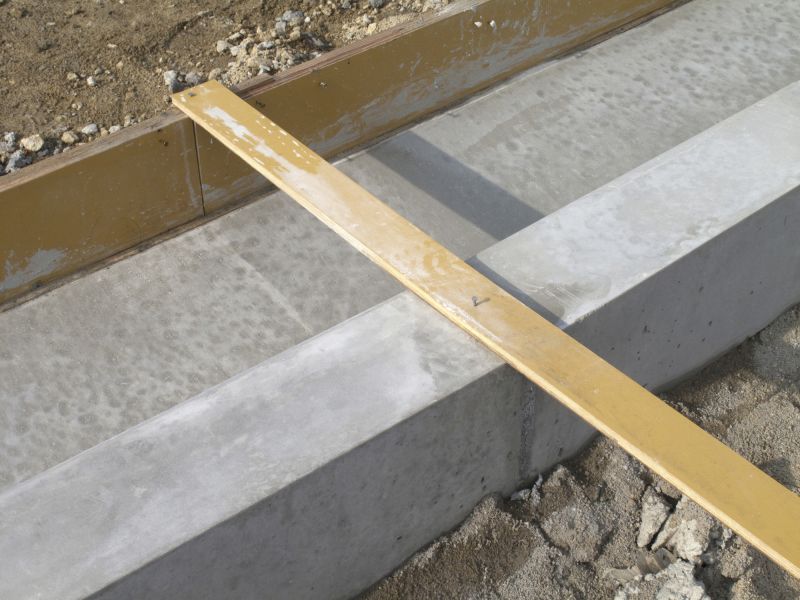
A frequent mistake in Concrete Installations and how to dodge it.
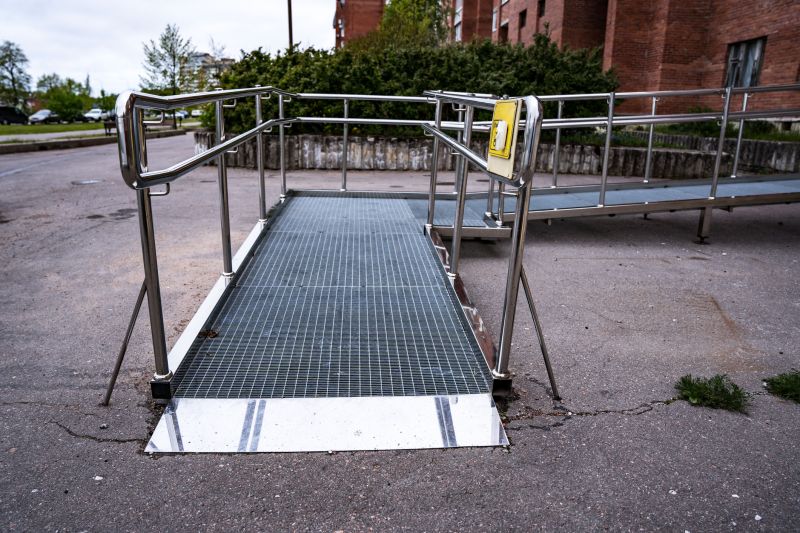
Small tweaks to make Concrete Installations safer and easier to use.
Interested in concrete installation services? Filling out the contact form can provide more information and assistance in scheduling projects at the optimal time for best results.
